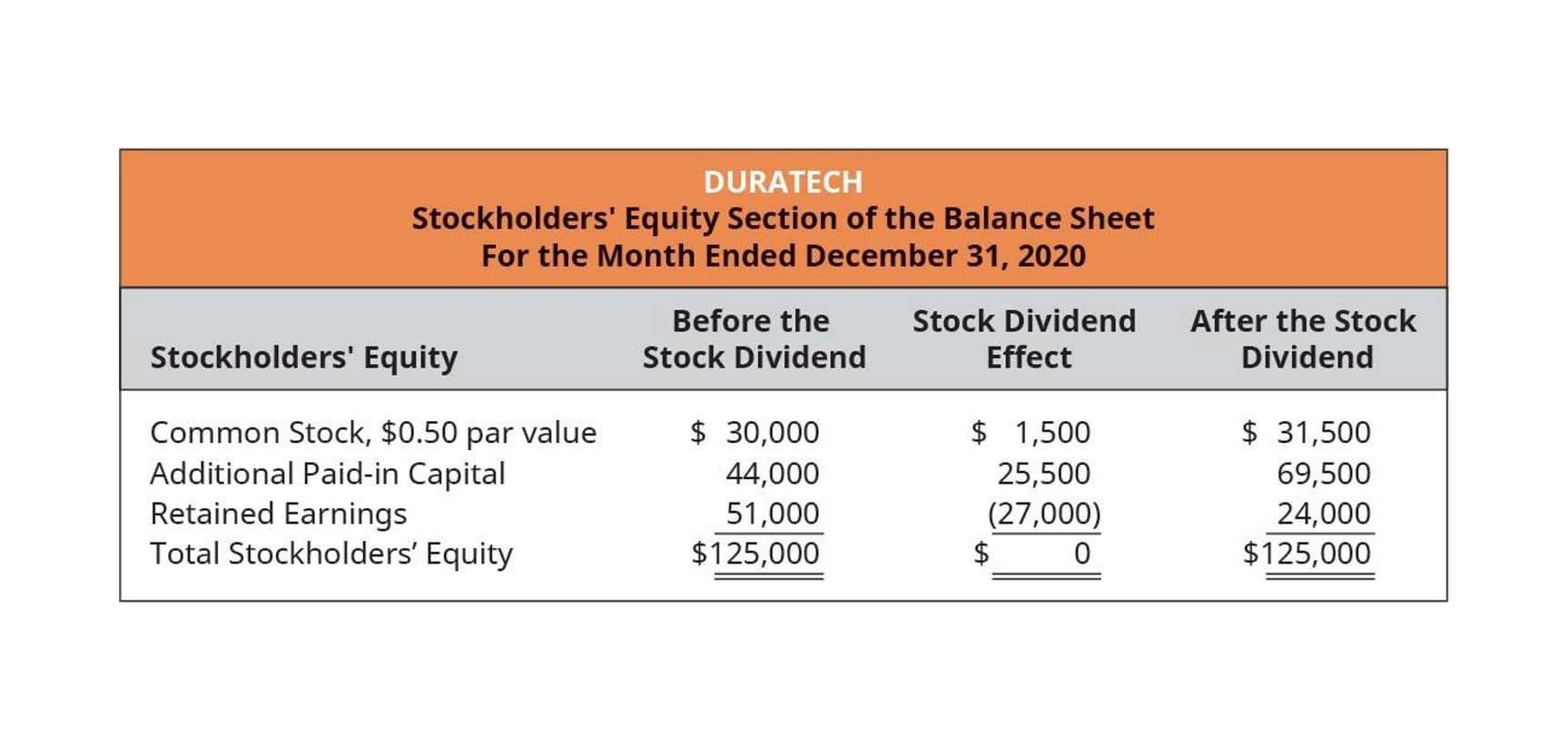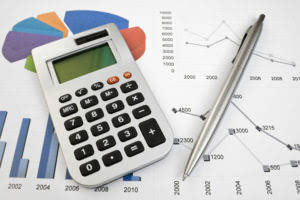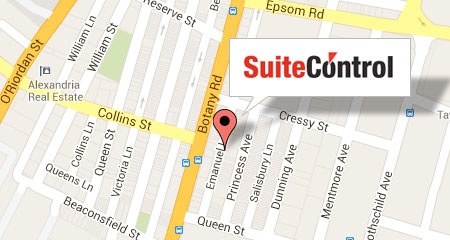What Are Period Costs? Definition, Types, Strategies, Examples

Accurately calculating product costs also assists with more in-depth analysis, such as per-unit cost. Per-unit cost is calculated by dividing your costs by the number of units produced. It is an important metric, particularly when determining product pricing.
7: Product vs. Period Costs
For the past 52 years, Harold Averkamp (CPA, MBA) has worked as an accounting supervisor, manager, consultant, university instructor, and innovator in teaching accounting online. Save time and effort with our easy-to-use templates, built by industry leaders. Explore our marketplace and find the perfect tool to streamline your processes today. Shaun Conrad is a Certified Public Accountant and CPA exam expert with a passion for teaching.
What is the difference between product costs and period costs?
While both cost types are important, we’ll focus on period costs here. Business owners who do their small business bookkeeping need to know period cost accounting in order to write off their business expenses correctly. Period costs are expensed on the income statement when they are incurred. When a company spends money on an advertising campaign, it debits advertising expense and credits cash. These costs are directly expenses and reported on the income statement. Product costs, on the other hand, are expenses that are incurred to manufacture a good and can typically be traced back to a specific product.

Ways to Reduce or Eliminate These Types of Costs
In other words, manufacturers incur product costs to produce inventories. Therefore, the cost of inventories (Cost of Goods Sold, or COGS) is the same as product costs. Since inventories are recorded as assets for the manufacturers, product costs are recorded on the balance sheet in the assets section under inventories. Unlike period expenses, operating expenses often cannot be easily identified by when payments are received or made during the accounting periods that they affect.
Product costs help you fine-tune the price of each item you sell, ensuring profitability. Period costs guide decisions about how to efficiently rule your small business realm to stay afloat, impacting staffing, advertising, and day-to-day operations. Ending inventory is like a treasure trove of products waiting to leave the shelves and go to customers.
Do you already work with a financial advisor?
Out of these 500 units manufactured, the company sells only 300 units during the year 2022 and 200 unsold units remain in ending inventory. The direct materials, direct labor and manufacturing overhead costs incurred to manufacture define period cost these 500 units would be initially recorded as inventory (i.e., an asset). The cost of 300 units would be transferred to cost of goods sold during the year 2022 which would appear on the income statement of 2022.


These costs represent the financial resources invested in the production process. Though it may be tempting to just lump your expenses together, there are three great reasons why you need to separate product and period costs for your business. On the other hand, if a cost is linked to a product, inventory, production, or goods and may be incurred over several accounting periods, you may be looking at a product cost.
- My Accounting Course is a world-class educational resource developed by experts to simplify accounting, finance, & investment analysis topics, so students and professionals can learn and propel their careers.
- Tracking period costs will also help a business balance its budget and gain savings.
- Period costs immediately expense themselves, appearing on the income statement for the specific period they occurred.
- Upgrading to a paid membership gives you access to our extensive collection of plug-and-play Templates designed to power your performance—as well as CFI’s full course catalog and accredited Certification Programs.
A quick look at period costs
- Period costs and product costs are two categories of costs for a company that are incurred in producing and selling their product or service.
- All such information is provided solely for convenience purposes only and all users thereof should be guided accordingly.
- In other words, product costs are expenses that are initially “parked” in the balance sheet and recorded only as an expense (COGS) upon sale.
- The articles and research support materials available on this site are educational and are not intended to be investment or tax advice.
- What is paid during that period was $100,000 in rent and utilities, but only $10,000 in insurance and property taxes because a storm damaged the roof of one of its properties.
They play a significant role in shaping the overall profitability of a business because they directly impact how much money it gets to keep after covering all these ongoing expenses. It is important to keep track of your total period cost because that information helps you determine the net income of your business for each accounting period. The main benefit of classifying costs as either product or period is that it helps managers understand where their costs are being incurred and how those costs relate to the production process. This information can be used to make decisions about where to allocate resources and how to improve efficiency. Additionally, businesses must periodically assess the carrying value of assets for impairment and adjust depreciation estimates as needed to reflect changes in asset values or useful lives. Ever wondered how businesses track and manage the various expenses they incur while keeping their operations running smoothly?
Calculating period costs
- On the other hand, period costs are considered indirect costs or overhead costs, and while they play an important role in your business, they are not directly tied to production levels.
- Period costs are also listed as an expense in the accounting period in which they occur.
- The standard costs that a business incurs that are not directly related to production operations or inventory costs but still must be added to their income statement are known as period costs.
- Managing mixed period costs requires a nuanced approach, balancing the fixed and variable components to ensure cost-effectiveness and efficiency.
- They are the costs that are directly and indirectly related to producing an item.
- It is a period cost since it is not directly included in the manufacturing process of inventory, and it does not fit in any of the listed titles.
Product costs are related to the cost of purchasing inventory for sale or performing a service. Meanwhile, period costs are costs that are not related to production but are essential to the business as a whole. It’s important to distinguish between product vs period costs because the former must be deducted when a good or service is sold, whereas the latter is deducted in the period it is incurred. Unlike product costs, period costs don’t depend on the production volume. They occur consistently over a specific time period, like a month or a year, and are incurred regardless of how much or how little the business produces during that time.








